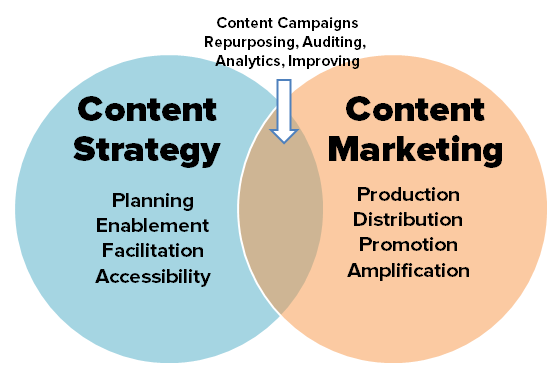
We’ll be posting the complete program for this years’ Gilbane Conference over the next 4-5 weeks on the main conference website. The first three of the six planned workshops are below.
Workshop A. Insiders Guide to Building Digital Marketing Technology Toolkit
Speaker: Theresa Regli, Principal Analyst and Managing Partner, Real Story Group
Thursday, December, 4: 9:00 a.m. – 12:00 p.m.
Marketing practitioners multitask just about every minute of every day. There are ongoing email, web, mobile, and marketing strategies to organize, plan and execute. Each of these areas used to include a range of technologies that was purchased and implemented separately such as web content management, campaign management, analytics, digital asset management, and others. Now, there are new suites of tools that can manage all of these processes. But how do you select the right one that will help you to accomplish your marketing objectives?
Specifically, the session will provide a methodology for mapping business needs to technology alternatives, as well as a road map for evaluating digital marketing technology vendors. We will provide critical and hard-hitting reviews of the available digital marketing technologies. Don’t be surprised after-the-fact. Find out the real strengths and weaknesses of these tools before you purchase them.
Key Takeaways:
- Digital marketing trends and emerging architectures
- Hints and tips on selecting a digital marketing product for your organization
- Overcoming the daunting prospect of selection – how to narrow down your list of vendors to evaluate.
- A critical, high-level overview of digital marketing solution providers
Workshop B. Foundations for Best-Fit WCM Service Provider Selections
Speaker: Cathy McKnight, Partner and Principal Analyst, Digital Clarity Group
Thursday, December, 4: 9:00 a.m. – 12:00 p.m.
Evaluating and selecting technology and service partners is intimidating. And without proper guidance, it’s easy to take the wrong path. This workshop focuses on selection readiness. It is designed to point your organization in the right direction before you even start the journey to new solutions for web content and experience management. You will learn how to create a plan of action for getting your organization ready for a successful selection program – one that results in real business benefits as the direct result of implementing the right solutions with the right technology and service partners. We explore the fundamentals of selection preparation, covering four key areas of readiness:
- Articulating the business case,
- Identifying the stakeholder landscape,
- Managing requirements gatherings, and
- Developing realistic budgets.
We provide a step-by-step overview of an efficient, results-driven selection program, and we show you how to build a messaging and communications plan that will help you shape internal conversations about it. With this approach, you can set expectations, educate reluctant stakeholders, and get your company thinking about change management, which is often an afterthought but shouldn’t be. The selection process is all about aligning business goals with the “best-fit” solution for your organization’s needs. And finding that fit is about way more than just matching features to requirements. Armed with the outcomes of this workshop, you will be ready to move forward with confidence.
Workshop C. Successful Social Intranets
Speaker: Rebecca Rodgers, Senior Consultant, Step Two Designs
Thursday, December, 4: 9:00 a.m. – 12:00 p.m.
Modern intranets are steadily becoming more “social” and “collaborative”, but this can mean many things. Some recent intranets put social at the heart of everything (including the homepage), while others supplement existing sites with simpler features, such as commenting. While this is still a rapidly evolving space, intranet teams in the real world need to make concrete decisions with confidence.
This interactive workshop will cover four key steps for social intranets:
- Explore the opportunities. Looking at social intranet examples around the globe, we will explore the reasons, benefits and business cases for social.
- Understand your organisational landscape. Every organisation is different, and this has a big impact on the what, where, when and how of social intranets.
- Choose what to launch. Where to start, what to launch and for who: there are multiple options to choose from, depending on your strategy and organisational context.
- Make social a success. There are a growing list of best practices to draw on, relating to design, launch, adoption and governance.
This inspirational and practical workshop will mix plenty of screenshots and examples with discussions and workshop activities. While not every question will be answered, participants will walk away with a greater sense of confidence and knowledge about social intranets.






